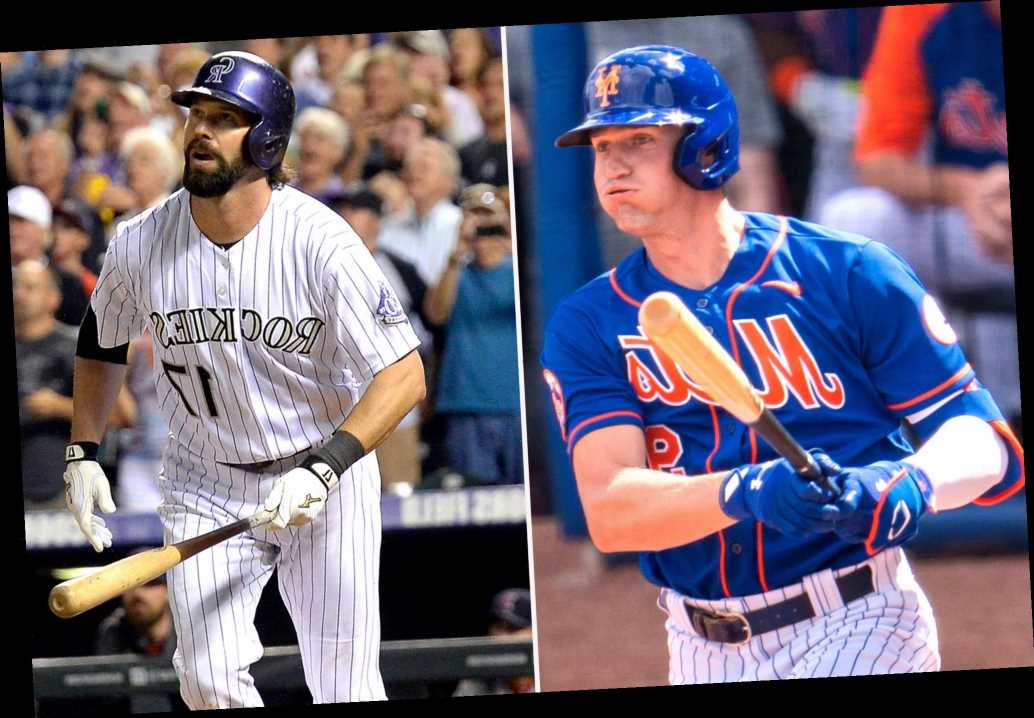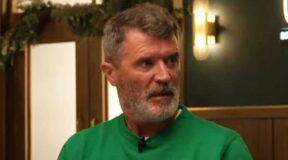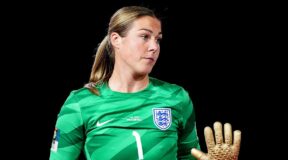More from:
Joel Sherman
Mets' George Springer what-if filled with intrigue: Sherman
MLB, union have to solve prospect issue: Sherman
Mets' Michael Conforto contract conundrum will come down to this: Sherman
Noah Syndergaard, Luis Severino could give Mets, Yankees summer boost: Sherman
Yankees betting they have the 'right' stuff on offense: Sherman
Brandon Nimmo toggled between fan and student, bouncing happily from one to the other. He had dreamed of this conversation. What it might be to actually speak with Todd Helton.
For 20 minutes on Saturday night he did just that, telling Helton over the phone how he would try to mimic the then Rockies star’s swing as a boy and now — of all things — talking about that swing as a man. As a major leaguer. As a devoted pupil wanting to absorb it all.
How much did the conversation mean to Nimmo? I asked that as a first question and 7 1/2 minutes later he completed his first answer. And it was no filibuster. Nimmo responded with joy and detail; both the little boy and the man conjuring every nuance of a meaningful conversation.
Or know that Saturday night, Helton quizzed Nimmo on how he goes from a fixed spot to find the pitcher’s release point, then explained his process — focusing on the bill of the cap of the pitcher and transitioning from there to the rising hand — and recommended that Nimmo try it.
On Sunday, Nimmo adopted it for batting practice, then his three plate appearances against Marlins righties Pablo Lopez, Yimi Garcia and James Hoyt.
“I thought, ‘let me try it,’” Nimmo said in a phone interview. “Hitting is a lot of trial and error. I thought it was good. My eyes started lower. They were moving a lot less. I will continue to try it and see what works.”
This conversation, depending on perspective, was either two decades or one week in the making. Nimmo grew up in Wyoming, near the Colorado border. His parents were from La Junta, Colo., a railroad/ranching town. So the Colorado teams were in the Nimmo’s blood, and Helton was the Rockies star when Ron Nimmo began to work on his 7-year-old son’s swing; the two trying to mimic Helton’s style of drifting across the plate when he drilled the ball the other way. Of course, Brandon Nimmo told Helton about that on Saturday night.
But Saturday night also was about last week. Nimmo let it be known on a call with reporters that he wanted to upgrade against lefty pitching, mentioned how much more batting practice he was taking vs. lefty pitching and that he was doing that because he had read as a boy that Helton had done that. As an aside, Nimmo said how much he would like to talk to Helton.
Earlier in the weekend, in another call, Helton had told me he was looking forward to speaking with Nimmo. “I have a couple of things I would love to tell him.”
Helton had taken to facing lefty batting practice pitching in Triple-A, deciding on his own that if he was going to get better vs. southpaws he had to see that arm angle and break more frequently. He felt blessed that then Rockies strength and conditioning coach Brad Andress was lefty and faced him daily. Andress said in a text that the practice even extended to the offseason at Coors Field.
Helton said the practice allowed him to wait longer on pitchers, which was key as he tried to decode fastball from the pitch designed by lefties to get him out, a slider.
“I learned not to do too much,” Helton said. “That if you put a good swing on a good pitch good things happen.”
They did happen. Helton hit .298 with an .837 OPS in 2,691 plate appearances vs. lefties in a borderline Hall of Fame career. In his prime, from 2000-04, Helton had a .998 OPS vs lefties — the only lefty better was Barry Bonds. In 2003, Helton hit .387 vs. southpaws and his 1.114 OPS was the sixth best lefty vs. lefty (minimum 200 plate appearances) in history behind two seasons by Stan Musial, two by Babe Ruth and one by Lou Gehrig. When Nimmo heard that company, he was transformed into a 7-year-old again.
But if you want to know where the master and pupil meet it is here: asked why he did so much work against lefties, Helton said, “I was going to face lefties in games and I wanted to learn to have an honest look at it. It was simple, I said to myself, ‘I have to get better.’”
Flash forward to Nimmo: “I feel like it (vs. lefties) is a place I have an ability to improve. Purely based on repetition and I just need more of it. I need more sound advice and so when I get these opportunities, like with Todd, I want to soak it up like a sponge. It is part of the desire to be better. I can improve on this. I have circled this and want to improve and know I can.”
Nimmo hit just .196 vs lefties last year with a .650 OPS (compared to .977 vs. righties). But he has generally been capable against southpaws. Over the past three seasons, his .804 OPS vs. lefties is 10th best for a lefty hitter (minimum 200 plate appearances). All the main Mets lefties are actually fine: Dom Smith (.839 in the same timeframe), Jeff McNeil (.803) and Michael Conforto (.773, with 20 homers, the seventh most left vs. left).
Nimmo, though, recognizes the patterns — he started just one of seven games vs. a lefty starter last September — and the Mets signed Albert Almora Jr. and Kevin Pillar to be his righty caddy in center. Thus, “I want to be better, so I can be the guy every day and (the Mets) don’t have to worry. That is the challenge to myself. I can be better here, not to be satisfied.”
So, Nimmo plans to take advantage of lefty batting practice from assistant pitching coach Ricky Meinhold in spring training and batting practice pitcher Raphael Fernandez during the season and there was one other place he said he would not be shy about going:
“Todd left the door open and said reach out if you have any more questions.”
Share this article:
Source: Read Full Article







